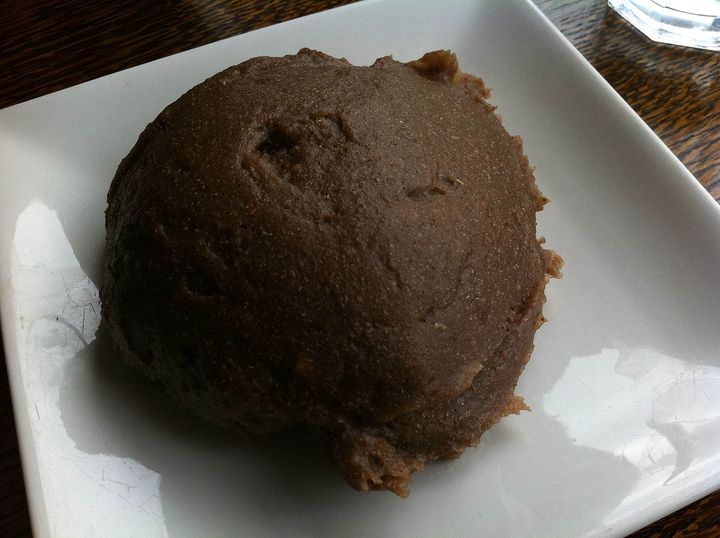Amala is one of the most popular dishes in Nigeria. It is a starchy food that is consumed by a majority of the population. Amala is made from yam flour and eaten with soups, especially ewedu (a variety of jute leaves).
The dish has been around for years, and its popularity has increased over the years. Amala is not only eaten as a meal but also as an appetizer or snack. It can be served with various soups and stews, but it is best eaten with ewedu soup. Amala can be cooked in various ways; some people prefer to boil it, while others like to fry it.
Amala is made from yam flour. The flour is obtained by peeling yams and grinding them into a fine powder using a grinder or mortar and pestle. Once the yam powder has been prepared, it can be mixed with water to form a dough-like mixture which will be used for making amala.
The process of preparing this flour takes about half an hour to complete depending on how much you want to make at once. You need to make sure that you do not overcook the mixture or else it will not taste good when mixed with other ingredients such as e
If you are from or live in Nigeria’s western region, chances are you have a strong affection for Amala. A popular Nigerian delicacy prepared from yam flour and/or cassava flour, it’s challenging to go to a local bukka in towns like Ibadan or Lagos without seeing the dish on the menu. It’s usually served with soups like ewedu, gbegiri, okra, and others because it’s light and easy to swallow.
The beautiful thing about Amala is that it is quick and simple to make, but if you aren’t careful, you could end up with lumps that make it unappealing to eat.
We at Grainfieldfoods.com has put together the crucial stages to follow to ensure you obtain the best outcomes.
Amala is rich in carbohydrates and fibre and low in fat, which makes it an excellent choice for people who are trying to maintain or lose weight.
It’s also rich in potassium, vitamin C, magnesium, and zinc. The high potassium content helps with blood pressure regulation and muscle contraction, while magnesium contributes to bone health. Vitamin C boosts your immune system and helps your body absorb iron better. And zinc helps your body heal from wounds faster as well as maintain your sense of taste and smell.
The high fibre content makes it useful for digestion problems such as constipation; it’s also useful for managing blood sugar levels and maintaining cardiovascular health.
Steps to take when makinh amala
- Pour the quantity of water you want to use in a pot and heat to a boiling point.
- When the water has reached a boil, turn off the heat and gently add the yam flour. Make sure you don’t add the yam flour to the water while it’s still on the stove to avoid lumps.
- To make it cook properly, turn the yam flour with a wooden stick for a few minutes, add a little water, and put it back on the fire to cook on low heat for about 5 minutes.
- You can test it with one of your clean fingers while it’s still hot to make sure it’s not too soft or too hard. If it’s too soft, add more Yam flour; if it’s too hard, add a little hot water.
- Stir until the mixture is completely smooth.
Amala is an important symbol of both Yoruba and Nigerian cultures. It is one of the most traditional foods in Nigeria and can be eaten as a meal or it can be used as a part of another dish to season it (i.e., stews).
Amala can also be sold by street vendors like other Nigerian dishes and snacks. The fact that amala is still a widely used African food over four centuries after the arrival of European colonists to the continent demonstrates its popularity around the world. Partaking in activities like making amala with your friends or family will allow you to connect with your culture while creating a new tradition. Although it is common to give things up during Lent,
I encourage you to break bread together with your loved ones and enjoy this dish that represents generations of people preparing it for themselves and their communities.


